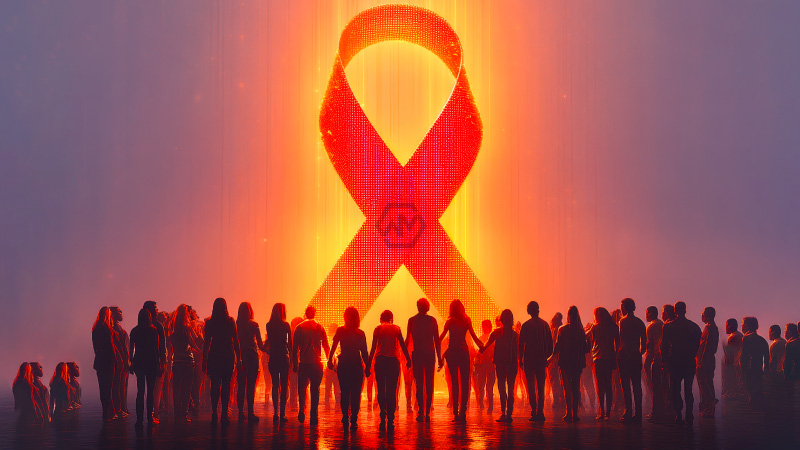- International funding cuts could cause 10.8 million new HIV cases and 2.9 million additional deaths by 2030.
- The U.S., UK, France, Germany, and the Netherlands are slashing foreign aid, threatening HIV prevention and treatment programs.
- PEPFAR and USAID funding pauses under Trump’s administration have already led to clinic closures, worsening the crisis.
The projected funding cuts to global HIV programs could reverse decades of progress in preventing and treating the disease. Many low- and middle-income countries, particularly in sub-Saharan Africa, rely heavily on international aid to sustain their healthcare systems.
Additionally, the Trump administration’s decision to pause PEPFAR and USAID funding has already disrupted critical services. While an emergency waiver was issued, delays caused many clinics to shut down before aid could resume.
The Looming HIV Crisis: How Funding Cuts Could Devastate Millions
The anticipated global HIV funding cuts threaten to dismantle years of successful intervention programs. Countries that depend on international aid for nearly half of their HIV funding will struggle to maintain services. The consequences could be catastrophic, with millions at risk of infection due to reduced access to prevention tools such as antiretroviral therapy and pre-exposure prophylaxis (PrEP).
The U.S. has historically been a leader in global HIV response through initiatives like PEPFAR, but recent budget cuts under the Trump administration jeopardize this legacy. Trump’s move to slash 90% of USAID foreign aid contracts further signals a retreat from global health commitments, leaving a dangerous gap in HIV care and prevention efforts.
European nations, including the UK, France, Germany, and the Netherlands, are also scaling back their contributions. With other governments potentially following suit, the domino effect could lead to an unprecedented rise in new infections and deaths, especially in sub-Saharan Africa and other vulnerable regions.
Global health experts stress that the projected surge in HIV cases is preventable—if funding priorities are adjusted. Investing in HIV prevention and treatment has proven long-term benefits, both in saving lives and reducing the economic burden of the disease. Without urgent intervention, millions could face devastating consequences.
Reversing these funding cuts is crucial to preventing a global health catastrophe. The choices made today will determine whether millions live or die in the coming years.
“The deadliest enemy is not disease, but indifference.” – Bill Gates



